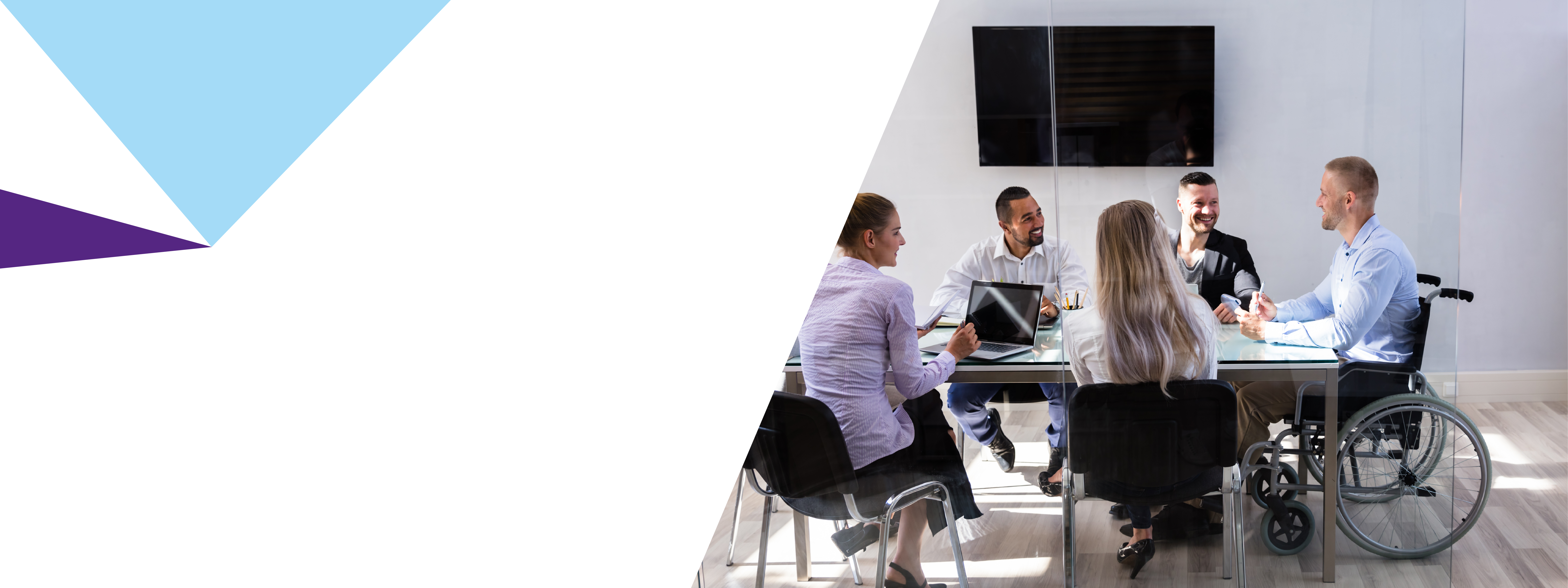Required
- Consult with your governing bodies, employees, employee representatives and other relevant people to develop your GEAP and document this process
Recommended
- Outline how consultation was conducted
- Regularly communicate with your workforce on the work you’re undertaking to develop your GEAP
Required
Recommended
Effective consultation
For consultation to be effective, a diversity of employees must be meaningfully contributing to the decision-making and development processes for your GEAP.
This section provides additional information on how to conduct consultation as part of your GEAP development process.
When will we consult?
It is important to consult early, before decisions are made or the GEAP is drafted. Ideally this will begin prior to the audit process in April 2021 and continue on a regular basis throughout your GEAP development process. An indicative GEAP design timeline is provided in Requirements.
After the results of your workplace gender audit are available, share the results with the people you are consulting with as part of your GEAP development. These results should inform the proposed strategies and measures to be included in your GEAP.
Who will lead the consultation?
- Consider who is communicating and leading the consultation for your GEAP, and how this might affect how open and transparent people would be in providing feedback
- Utilise existing consultation committees or forums, for example through any enterprise agreements, work health and safety committees, or similar (and build on these if necessary)
- Consider inviting staff to lead discussions, rather than all consultation being led by someone in a senior position
Who will we consult?
- Under the Act, defined entities must consult with their governing bodies, employees, employee representatives (including relevant trade unions) and any other relevant person (s10(2)(b))
- Where consultative mechanisms are already established under enterprise agreements and other legislation (e.g. the Occupational Health and Safety Act 2004), defined entities will need to utilise these mechanisms (and partner with those involved to build on them if necessary – see below) in their GEAP consultation process
- Where possible, consultation should include the following:
- People for whom gender inequality may be compounded by disadvantage or discrimination that a person may experience based on any of the following:
- Aboriginality; age; disability; ethnicity; gender identity; race; religion; sexual orientation
- People for whom gender inequality may be compounded by disadvantage or discrimination that a person may experience based on any of the following:
- People of different levels and employment types (part-time, casual, flexible, tenured, contract etc) in the defined entity
- Relevant peak bodies
- Gender equality organisations, women’s health organisations, community groups or research groups in your local area who can advise specifically on the issues relating to your internal workforce
- People who have experienced your recruitment processes
- Other relevant people and/or groups that can provide helpful insight into the intersectional disadvantage or discrimination that a staff member may experience based on any of the following:
- Aboriginality; age; disability; ethnicity; gender identity; race; religion; sexual orientation
- Consider giving people workload credit / relief from other tasks to ensure they have time to contribute
- Allow anonymous contributions to encourage more open and transparent feedback
How will we consult?
Before consultation
Provide information to employees about:
- What is being considered
- The process for consideration
- How final decisions will be made and who will be involved in making these decisions
- Safety considerations that have been made to prioritise the wellbeing of people being consulted
During consultation
- Use open-ended questions and encourage ongoing dialogue and access to decision- makers
- Communicate business needs and priorities (for example, using a mixture of team meetings, newsletters, emails or intranet site)
- Seek views and opinions from employees (for example through in-person “drop- in” sessions, staff surveys, targeted focus
- groups or workshops, individual interviews and/or anonymous feedback mechanisms). Encourage a two-way flow of information by providing employees with the opportunity to have their say through anonymous feedback mechanisms
- Review and improve strategies for communication flow of ideas and information
After consultation
- Consider information and ideas obtained and assess against business requirements
- Record any decisions made to include or exclude information collected during consultations, and the reasons why
- Communicate decision and reasons why back to employees and representatives
- Invite feedback on the process to improve the next consultation process
How are we managing the risks around consultation?
It’s important not to expect staff from a range of diverse backgrounds to be experts in diversity and inclusion, and not to assume that they should be the ones tasked with making improvements. Take the time to think about how you can access the perspectives you need to guide your work.
- How will you make people feel safe enough to provide critical feedback?
- How will you manage your reactions to listening to critical feedback?
- Do you need to consult with community groups, peaks or representative organisations outside your organisation to get the information you need?
- Do you need to consider inviting the perspectives of community members to assist with improving the inclusivity of your workplace?
- How many times have you consulted with
- this group previously, and what processes are in place to avoid over-consultation or consultation fatigue?
Updated
